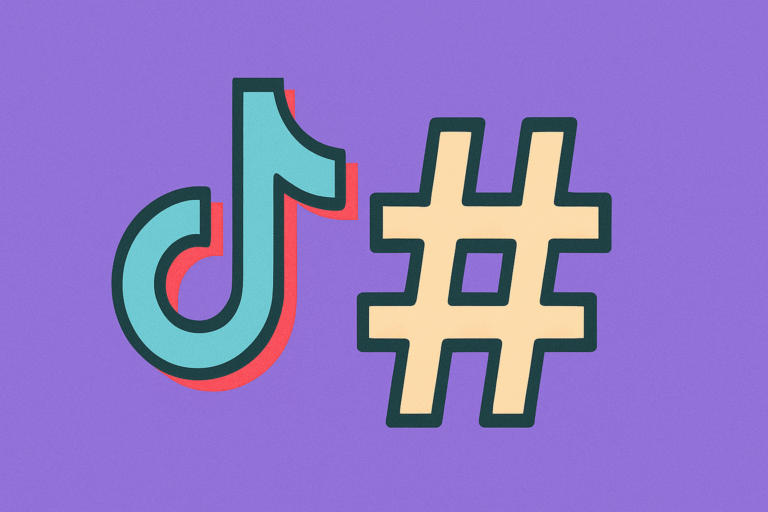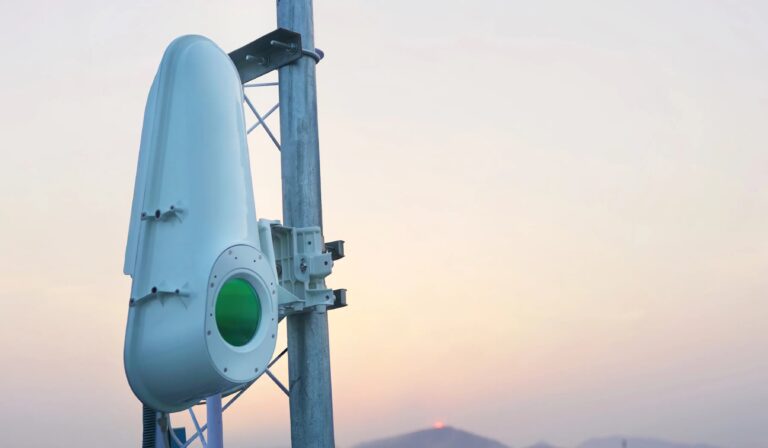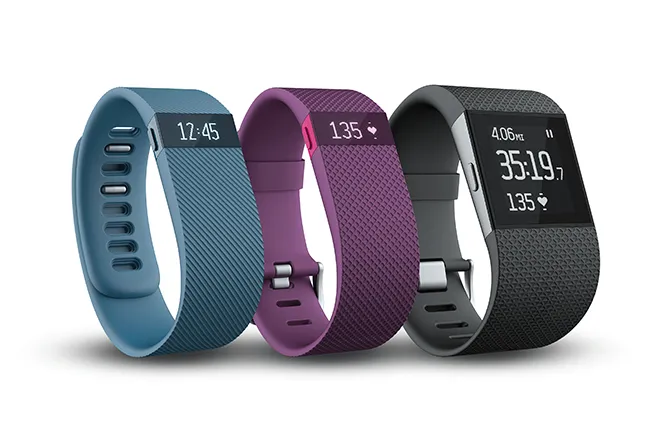In our digitally driven world, you might have come across those pixelated squares known as QR codes, but what exactly are they and how do they work?
Quick Response codes, are two-dimensional barcodes that store information. They were initially created for tracking parts in the automotive industry but have now become a part of our daily lives.
Those little pixelated squares you’ve probably noticed on products or posters, work like digital magic. When you scan a QR code with your smartphone camera, it is like taking a quick snapshot. The magic happens as your phone instantly translates the code into useful information. This info can be a website link, someone’s contact details, or any text-based info the code holds.
Most smartphones come with a built-in camera that can read QR codes. Open your camera, point it at the code, and boom! Your phone recognizes it, and you’ll get a notification or a prompt with the useful details.
These codes are super handy in everyday life. You’ll find them on product packages, restaurant menus, and even on bills. Businesses use them for contactless payments, making your transactions quick. They’re also great for things like accessing websites, downloading apps, or adding new contacts to your phone.
And guess what? You can create your own QR code! There are lots of online tools where you can put in your info, and it’ll generate a QR code for you. This is perfect for sharing your website, social media, or contact details with others.

Do QR Codes Need to be Square?
QR codes adhere to a square shape due to established standards in their creation. These standards provide consistency and simplify the scanning process for QR code scanners.
The three squares at the corners are fundamental for determining the code’s orientation, and these cannot be altered. The ‘Quiet Zone,’ a white space around the QR code, aids scanners in identifying these markers and contributes to the requirement of a square shape. Also, QR codes have a cool trick; they can be scanned from any angle!
Also Read: Overlooked Smartphone Features You Might Not Know About
What Type of Information Can be Stored in a QR Code?
Ever wondered what secrets those pixelated squares, QR codes, hold? Let’s find out what magic these little squares can do.
- Website Links: One of the most common uses is to store website links. Scan the code, and voila, you’re directed to a specific website. It is like a digital shortcut.
- Contact Details: QR codes can also hold contact information. Scan it, and you might find yourself saving someone’s number or email address directly into your phone.
- Text-Based Info: Simple text messages? Absolutely. QR codes can store plain text information. It could be a message, instructions, or anything you want to convey.
- Wi-Fi Network Details: Sharing Wi-Fi details becomes totally stress free. A QR code can store your Wi-Fi network name and password. Scan, and you’re connected!
- Geo-Location Coordinates: QR codes can even pinpoint locations on a map. Scan one, and you might find yourself right where the QR code creator intended.
- Event Details: Hosting an event? QR codes can store event details like date, time, and venue. Scan, and you’ve got all the info you need.
- Product Information: For businesses, QR codes on products can link to detailed information. Scan and learn about the product’s specifications, reviews, or even promotions.
- Payment Details: QR codes make payments easy. They can store payment details, allowing you make transactions with a simple scan.
- App Downloads: Want to encourage app downloads? QR codes can lead users directly to app stores for stress-free download experience.
- Crypto Wallet Addresses: QR codes serve as handy containers for crypto wallet addresses, making it easy for users to scan and engage in swift transactions.
- Coupons: QR codes play a role in representing coupons. Users can effortlessly scan these codes to redeem offers, discounts, or other promotional perks.
As technology advances, QR codes continue to evolve. With the rise of mobile devices and the need for quick, contactless interactions, these codes are likely to become even more ingrained in our daily routines. QR codes are simple yet powerful tools that bridge the physical and digital worlds.




